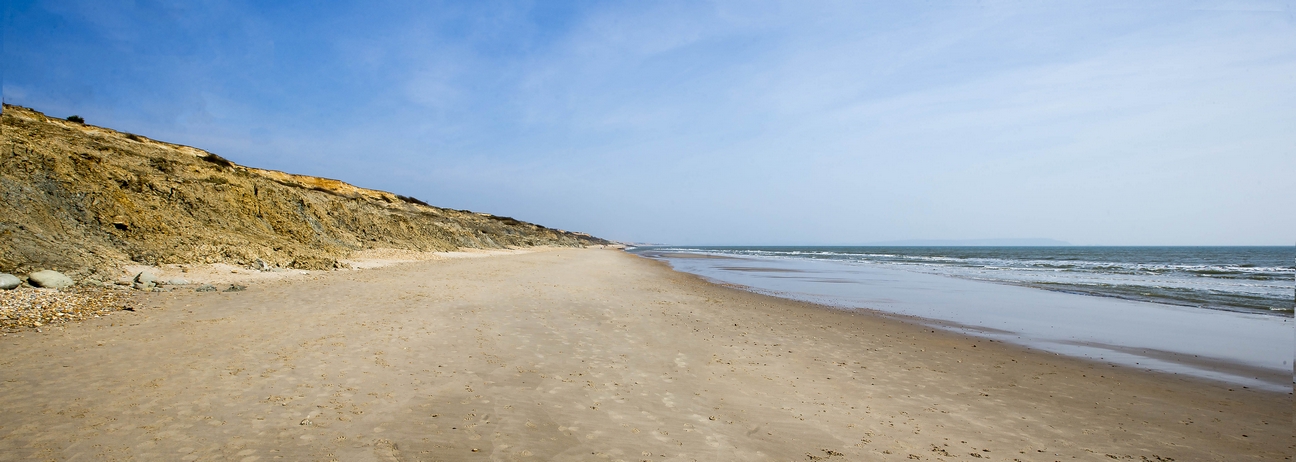This is covered by:
AQA 8035, Cambridge IGCSE, CEA, Edexcel A, Edexcel B, Eduqas A, OCR A, OCR B, WJEC

Why is sediment deposited?
Once it has been eroded, sediment is transported either out to sea or along the coast in the direction of longshore drift. Something must happen to allow the sediment to be deposited again, rather than be transported for ever, and that something is a change in the ability, or competency, of the water to hold the sediment in suspension and to physically push larger pebbles along the sea floor.
To hold sediment in suspension, and to physically move larger material such as pebbles, water needs to be moving; it needs energy. The more energy it has, the more efficient it is at transporting material. The opposite is also true. To deposit sediment the water needs to have lost energy and become less capable of transporting it.
When a wave of water, holding sediment in suspension, breaks on a beach it loses energy, becomes less capable of holding onto its sediment load and deposits it. If the swash of the wave is stronger (has more energy) than the backwash, some of the sediment will stay on the beach. If the backwash is just as powerful as the swash the material will be pulled back out to sea.
In fact, anywhere where the ability of the water to hold its sediment is reduced will allow deposition to occur. Areas protected from the force of the waves by groynes, headlands, spits, harbour walls, or riprap, and places where water slows down naturally such as esturies and salt marshes, will all encourage deposition because when water slows down (loses energy) it drops its sediment load.
